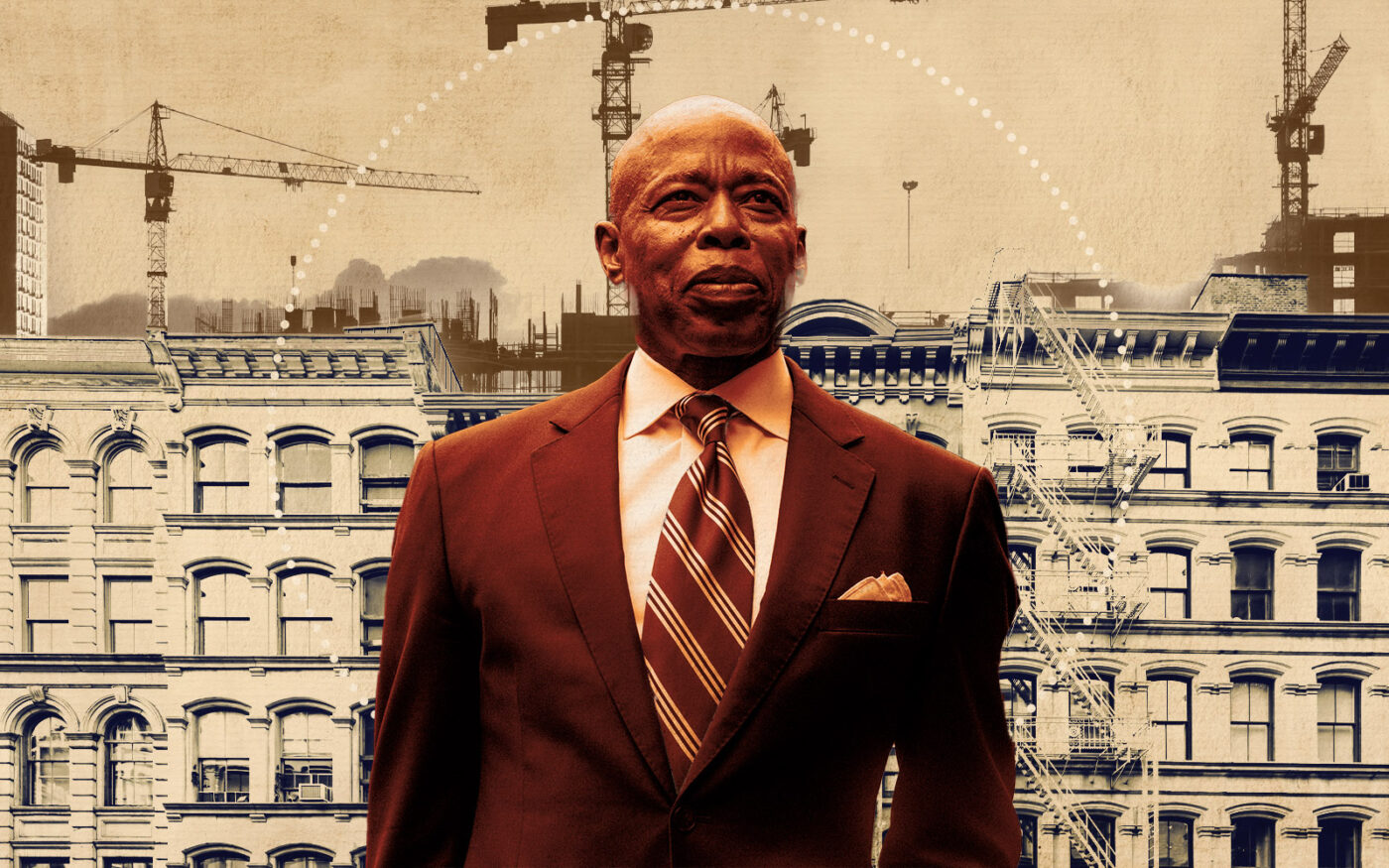Mayor Eric Adams’ administration set its sights on Midtown South as the first area to wield the city’s new powers to permit larger residential buildings.
The Department of City Planning announced modifications to its previously proposed plan for the area, taking advantage of a new state law allowing the city to exceed a longtime cap on the scale of new or renovated apartment buildings, according to a Zoom info session reported by The City.
The session was scheduled to review plans to rezone 42 blocks between 23rd and 41st streets, between Fifth and Eighth avenues.
For decades, a 12 floor-area-ratio (also known as FAR) cap has curtailed any development more than 12 times the size of a building lot.
The Department of City Planning has proposed to extend the density in most of the Midtown South area to 18 FAR, with the rest extended to 15 FAR. This would permit buildings to be up to 50 percent larger than under the cap, allowing for new construction and the reuse of industrial and office buildings.
The earliest the rezoning plan could be approved by the City Council would be mid-2025, but the plan’s chances for success in Midtown South are well assured, as local representatives like City Councilmembers Erik Bottcher and Keith Powers and Manhattan borough president Mark Levine are all aligned with pro-housing movement YIMBY and are supportive of the city’s proposal.
“Midtown South is ripe with opportunity for housing,” Powers told The City. “In a post-pandemic world, it’s a perfect time to allow for office conversions to housing.”
It’s too soon to accurately forecast how much new housing the Midtown South rezoning plan would create. New projects still have to be sketched out, while complicating factors for converted buildings include acquisition costs unless the owner itself takes on conversion. Financing costs should reduce as the Fed continues to cut interest rates.
Construction costs may vary, as a 485x tax break can only be applied for building conversions, excluding hotels, where at least 51 percent is being replaced. Developers conducting less extensive renovations would need to look at the office conversion tax break.
Since the city’s mandatory inclusionary requirement applies to the project, at least 20-30 percent of new residential units must be affordable for low and moderate-income residents.
Any potential new units would require the passage of Adam’s administration’s City for Yes for Housing Opportunity, which creates the districts with higher FARs. The City of Yes proposal hopes to drive more than 100,000 new units over 15 years by forcing neighborhoods to accept more housing.
The expansion proposal represents a dramatic change for the neighborhood. Most of the Midtown South area was kept strictly for manufacturing during Mayor Ed Koch’s administration in the 1980s, in an effort to protect the jobs of 95,000 garment factory workers. Today, only 6,600 New Yorkers hold those jobs, according to New York State’s labor department.
Under Mayor Bill De Blasio, the Garment District was rezoned to allow for increased commercial usage, but residential buildings remained prohibited.
Levine spent much of this year trying to generate support to lift the 12 FAR cap, a proposal finally granted in Albany in response to the city’s growing housing shortage.
City Planning hopes to certify the Midtown South zoning for the seven-month land review process near the end of the year.
Earlier in 2024, Adams won a rezoning battle to increase housing near four new Metro North stations in the Bronx. The administration is also planning neighborhood rezonings for Queens neighborhoods Long Island City and Jamaica.
— Caroline Handel
